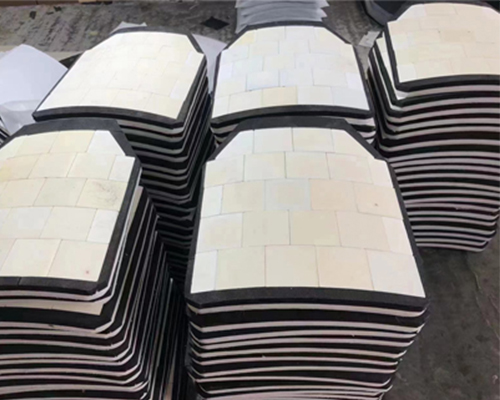What Are Bulletproof Plates Made Of?
In an increasingly uncertain world, personal safety is a concern for many. Whether you’re a law enforcement officer, a soldier on the frontlines, or simply a civilian who values personal protection, bulletproof plates play a crucial role in safeguarding lives. But have you ever wondered what these plates are made of and how they work? In this blog, we will delve into the fascinating world of bulletproof plates, exploring their composition and the science behind their life-saving capabilities.
Understanding Bullet proof Plates
Bulletproof plates, often referred to as body armor plates, are critical components of bulletproof vests and other protective gear. These plates are designed to absorb and disperse the energy from bullets, thus reducing the likelihood of serious injury. The materials used to create these plates are at the heart of their effectiveness.

Materials Used in Bullet proof Plates
- Ceramic Plates: Ceramic is a popular choice for bulletproof plates due to its high hardness and ability to shatter incoming projectiles. Silicon carbide and boron carbide are common ceramic materials used. When a bullet strikes a ceramic plate, the force is spread out across a wider area, and the ceramic material breaks, dissipating the bullet’s energy.
- Steel Plates: Steel plates are another widely used option. These plates are typically made of hardened steel and can stop many types of bullets. While steel plates are heavier than ceramic ones, they are more durable and can withstand multiple impacts.
- Polyethylene Plates: High-density polyethylene is a modern material used in the construction of bulletproof plates. These plates are exceptionally lightweight and are effective against certain types of ammunition. They work by absorbing and distributing the bullet’s energy through their flexible, yet strong, structure.
- Composite Plates: Composite bulletproof plates combine different materials for enhanced protection. A common example is a ceramic and polyethylene composite plate, which offers a balance between lightweight design and strong ballistic resistance.

How Bulletproof Plates Work
The key to bulletproof plates’ effectiveness lies in their ability to deform, shatter, or disperse the energy from a projectile. When a bullet hits a plate, the plate’s material fractures or deforms, spreading the energy and preventing the bullet from penetrating further. This process significantly reduces the risk of injury, as the impact is absorbed and dissipated across the plate’s surface.
The thickness and composition of the bulletproof plate play a crucial role in determining its level of protection. The National Institute of Justice (NIJ) in the United States classifies body armor levels based on their ability to withstand different ammunition types.
Conclusion
Bullet proof plates are a testament to human ingenuity and the relentless pursuit of safety and protection. The materials used in these plates have evolved over time, resulting in lightweight and highly effective solutions that save lives. Whether it’s ceramic, steel, polyethylene, or composite plates, each material has its own unique advantages and applications in the world of personal protection.
Understanding what bulletproof plates are made of and how they work can empower individuals to make informed choices when it comes to their safety and that of others. As technology and materials continue to advance, we can expect even more innovative solutions in the realm of personal protection. In a world where personal safety is paramount, staying informed is the first step toward a secure future.
